Ever wondered about the beliefs that shape Catholic tradition but aren’t explicitly mentioned in the Bible? Here we uncover 20 such beliefs, shedding light on their origins, significance, and how they contribute to the Catholic faith.
Papal Infallibility
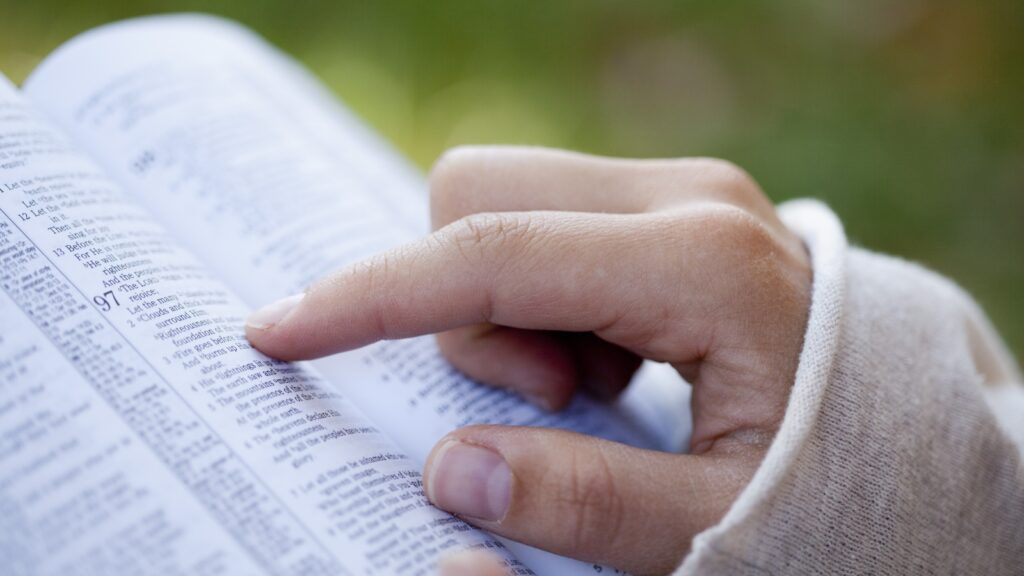
This belief stems from interpretations of passages like Matthew 16:18-19, where Jesus gives Peter the keys to the kingdom of heaven, symbolizing his authority. Catholics believe that when the Pope speaks ex cathedra (from the chair of Peter) on matters of faith and morals, he is protected from error by the Holy Spirit.
Immaculate Conception
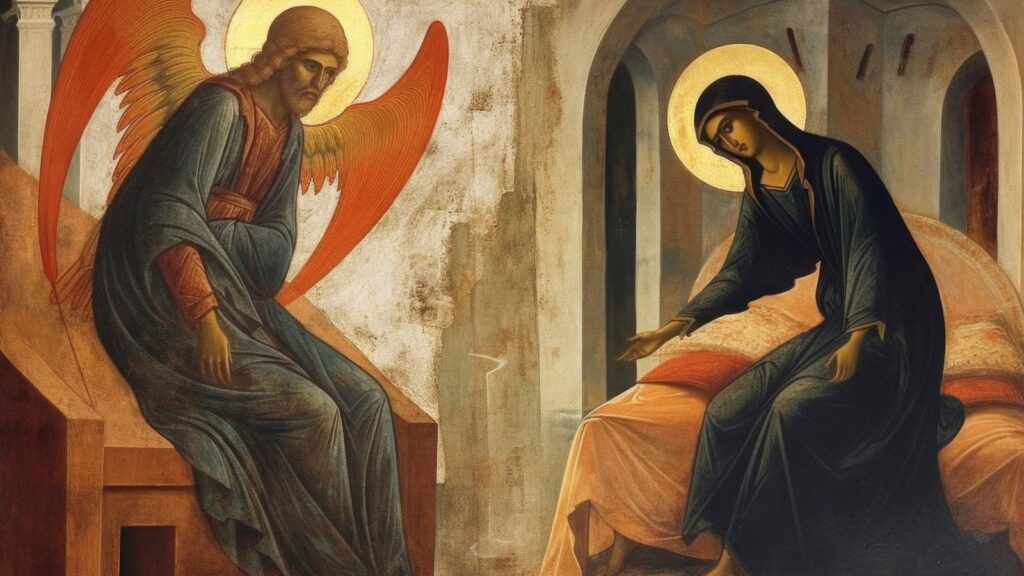
Although the term “immaculate conception” is not found in the Bible, Catholics point to passages like Luke 1:28, where the angel Gabriel greets Mary as “full of grace,” suggesting her unique status.
Assumption of Mary
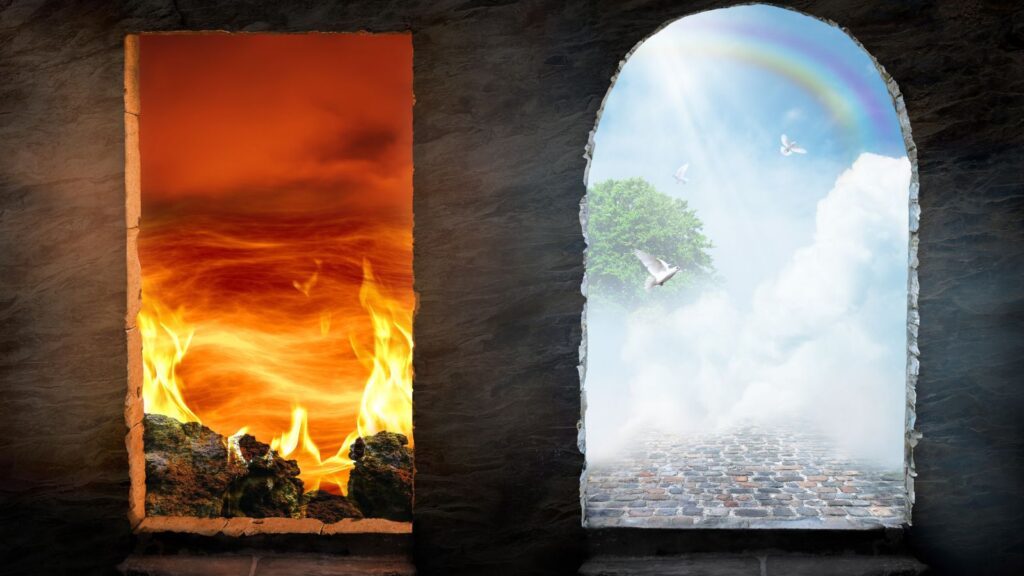
While the Bible doesn’t explicitly mention Mary’s assumption into heaven, Catholics argue that it’s consistent with her special role as the mother of Jesus and her lack of sin.
Purgatory

The idea of purgatory is based on passages like 1 Corinthians 3:15, which speaks of being saved “as through fire,” and Matthew 12:32, which mentions sins that can be forgiven in the age to come.
Praying to Saints

Catholics derive this practice from passages like Revelation 5:8, where the saints offer the prayers of the faithful to God, and James 5:16, which encourages believers to pray for one another.
Sacraments
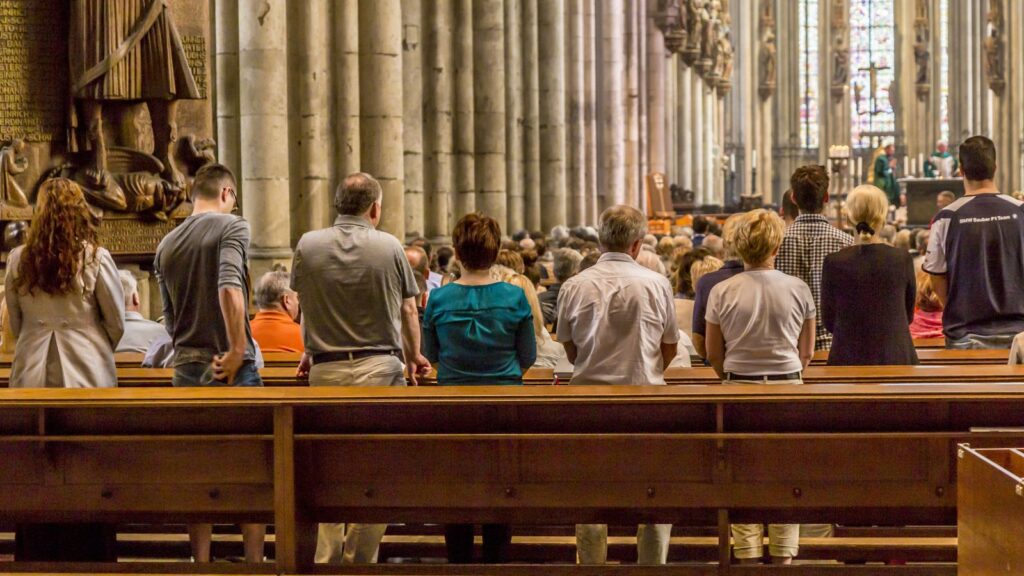
While the Bible mentions various rituals and ceremonies, the specific sacraments recognized by the Catholic Church are derived from Jesus’ actions and teachings, interpreted through the lens of Tradition.
Transubstantiation
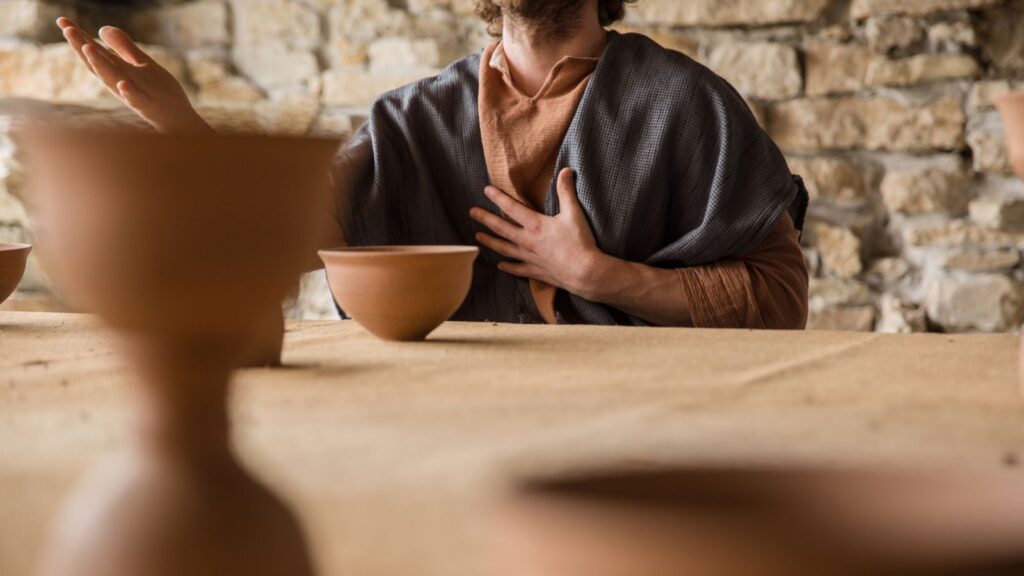
This belief is based on Jesus’ words at the Last Supper (Matthew 26:26-28, Mark 14:22-24, Luke 22:19-20) and the early Church’s understanding of the Eucharist.
Confession to Priests
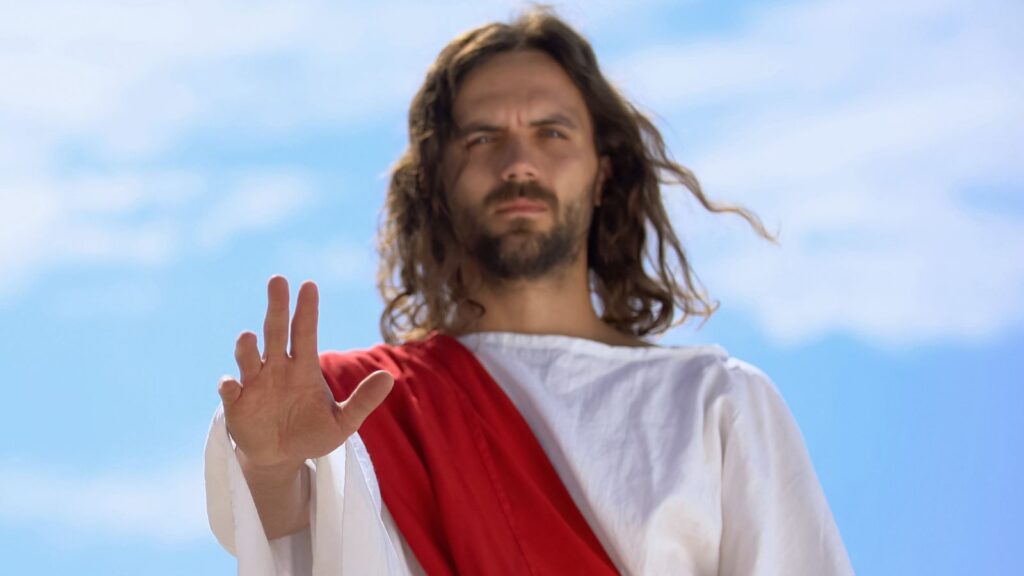
Catholics cite John 20:22-23, where Jesus gives his disciples the authority to forgive sins, as support for the sacrament of confession.
Indulgences
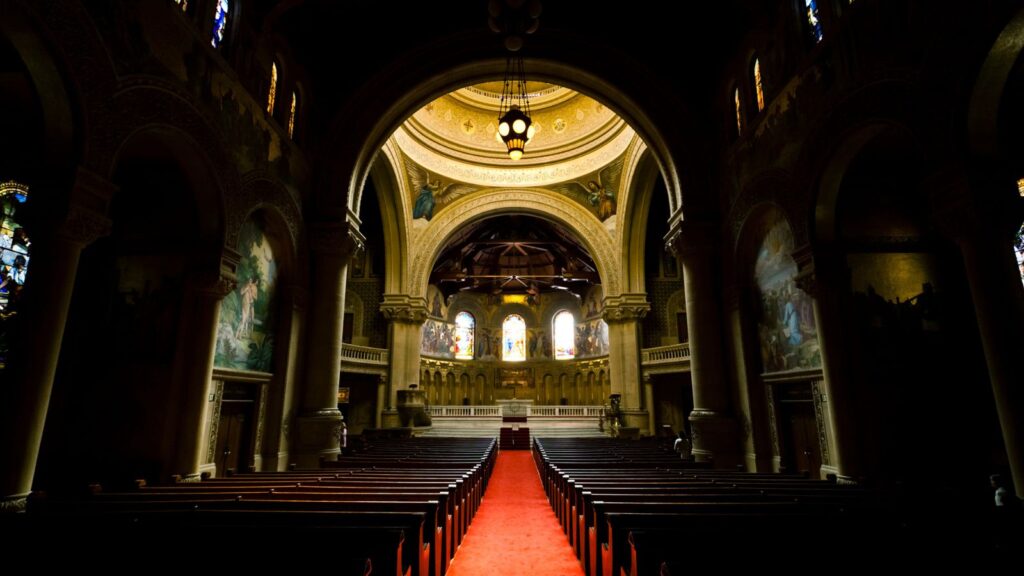
The concept of indulgences developed over time, based on the Church’s authority to bind and loose (Matthew 16:19, 18:18) and the idea of making satisfaction for sins (Colossians 1:24).
Veneration of Icons and Relics

While the Bible doesn’t command the veneration of images, Catholics argue that it’s consistent with the honor given to important figures in the Old Testament and the respect for relics mentioned in Acts 19:11-12
Hierarchy of the Church
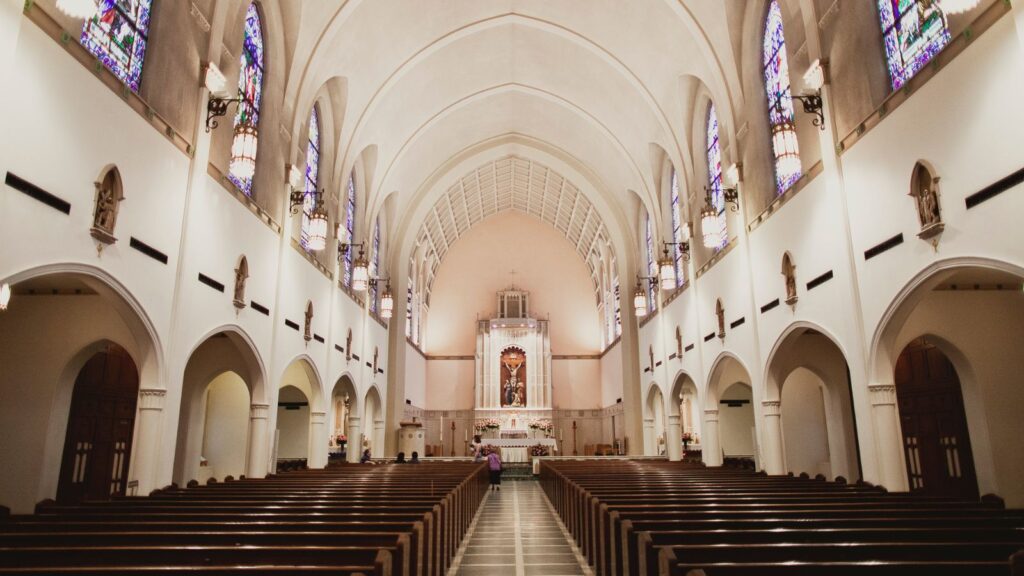
The hierarchical structure of the Catholic Church, with roles like bishops, priests, and deacons, is derived from passages like Acts 14:23 and Titus 1:5, where leaders are appointed to oversee and shepherd the community.
Marriage as a Sacrament
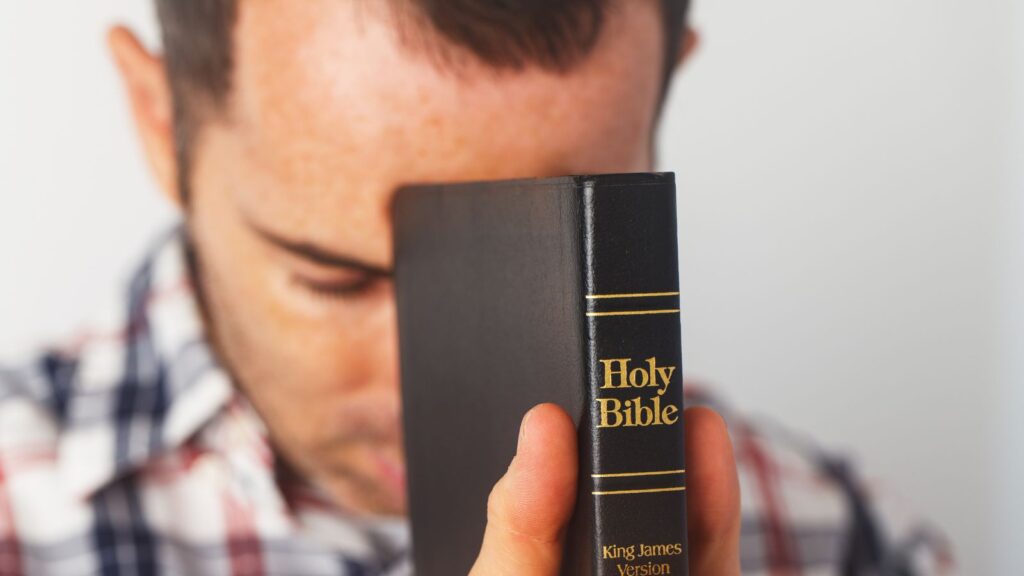
While marriage is honored in the Bible (Genesis 2:24, Ephesians 5:31-32), Catholics believe that it becomes a sacrament through the grace bestowed by Christ, as emphasized in Ephesians 5:25-27.
The Rosary
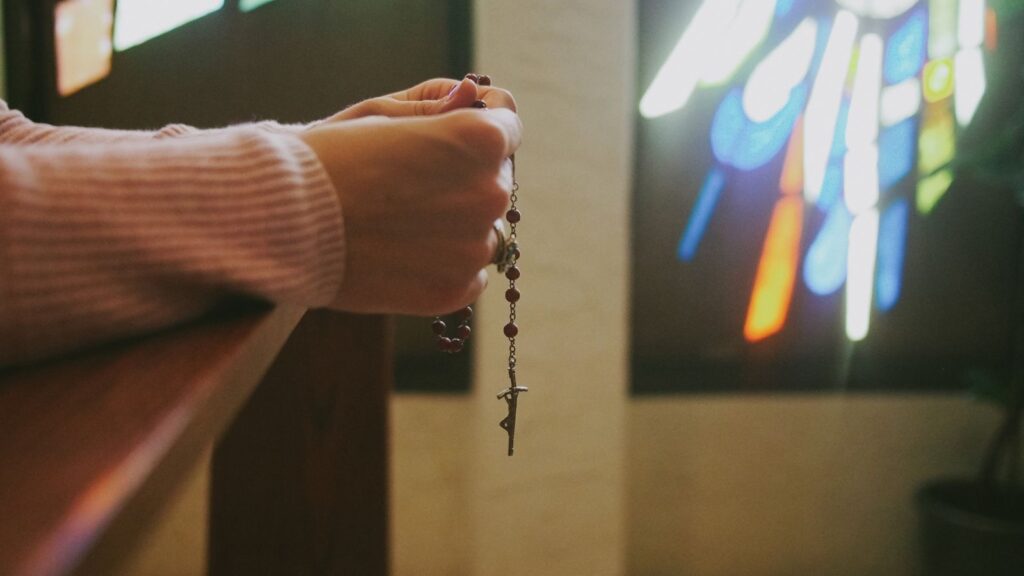
The Rosary is a meditative prayer that combines elements of vocal and mental prayer. Its structure, including the repetition of the Hail Mary, developed over centuries as a way to contemplate the mysteries of Christ’s life and Mary’s role in salvation history.
Clerical Celibacy
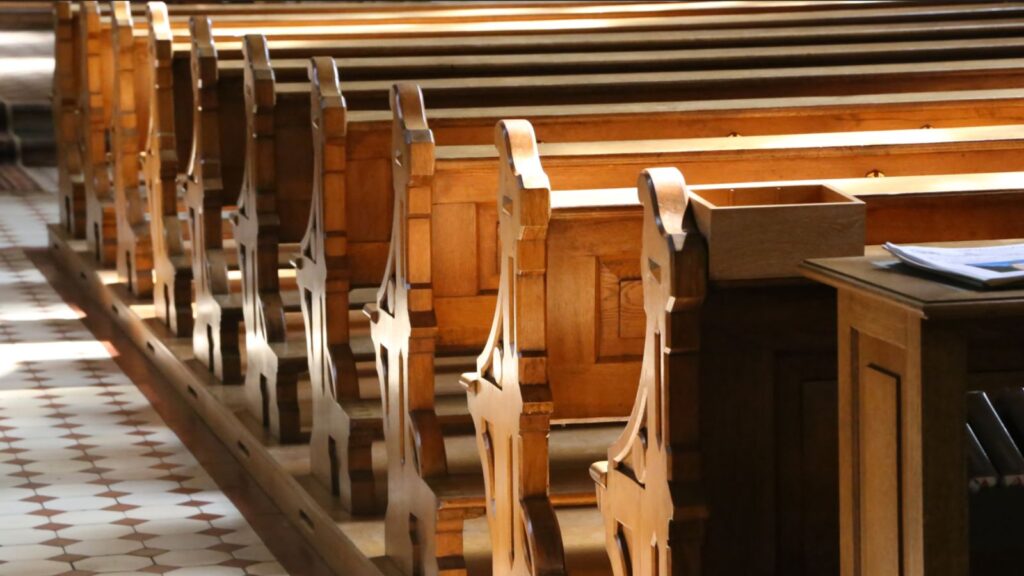
Although celibacy is praised in passages like 1 Corinthians 7:7-8, the requirement for Catholic priests to remain celibate developed over time as a way to fully dedicate themselves to the service of God and the Church.
Canonical Law
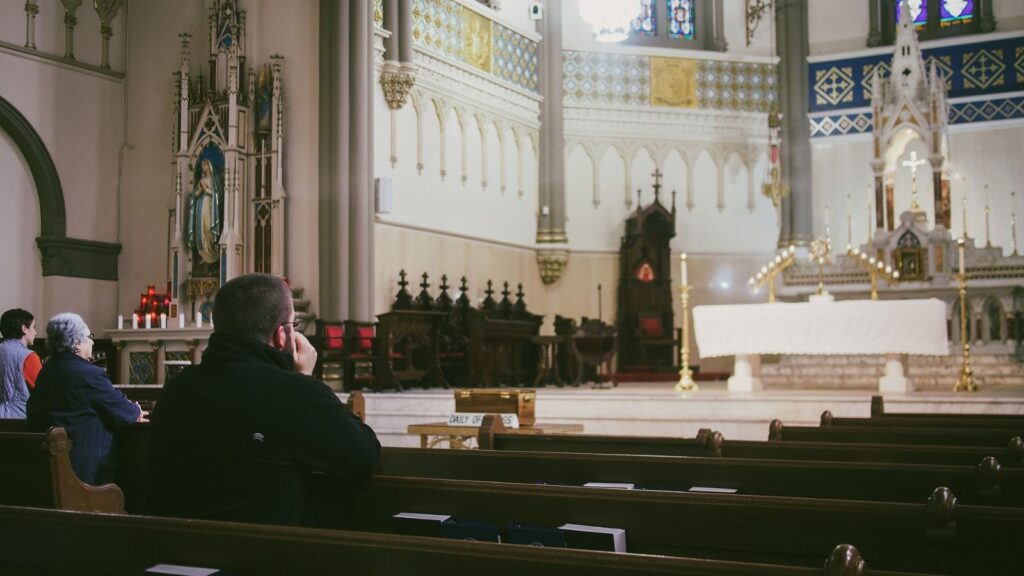
The Catholic Church’s system of laws and regulations, known as canon law, is based on the principles of justice and the Church’s authority to govern itself (Matthew 18:18, 1 Corinthians 5:3-5).
Feast Days
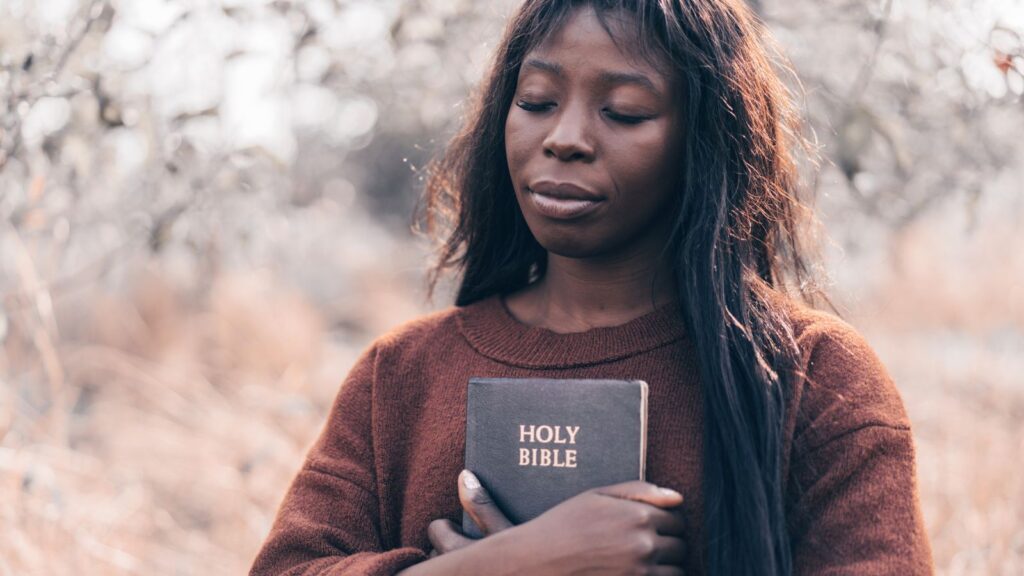
The celebration of feast days for saints and events in the Christian calendar provides opportunities for the faithful to deepen their spiritual lives and honor the witnesses of faith who have gone before them (Hebrews 12:1).
Use of Holy Water

Holy water is used in blessings and rituals as a symbol of purification and sanctification. While specific biblical references to holy water are limited, its use is consistent with the Old Testament practice of ritual purification (Numbers 19:17-19).
Institution of the Mass
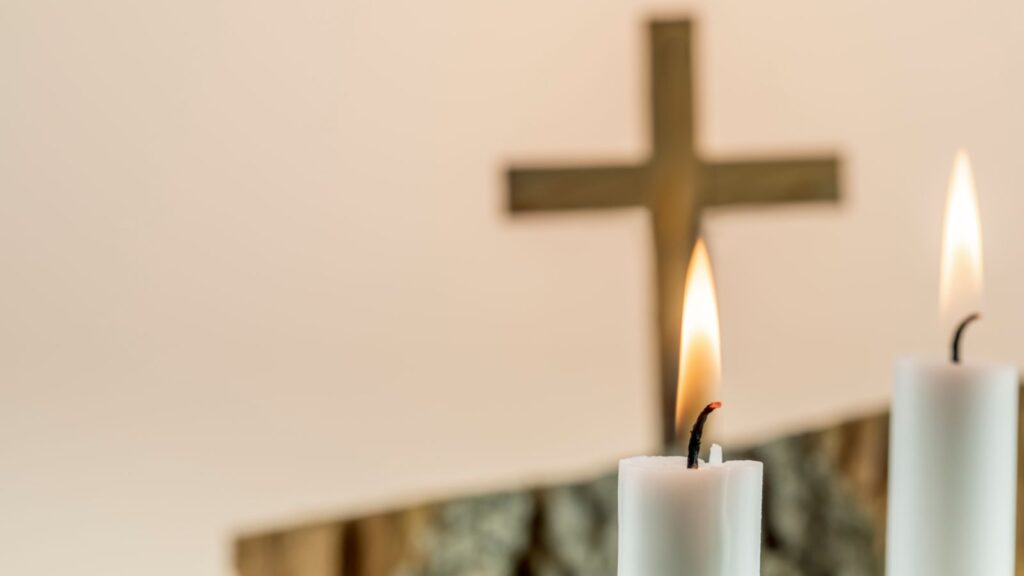
The structure and prayers of the Mass developed over time based on the biblical accounts of the Last Supper (Matthew 26:26-28, Mark 14:22-24, Luke 22:19-20) and the early Christian practice of gathering for the breaking of bread (Acts 2:42, 20:7).
Doctrine of Original Sin
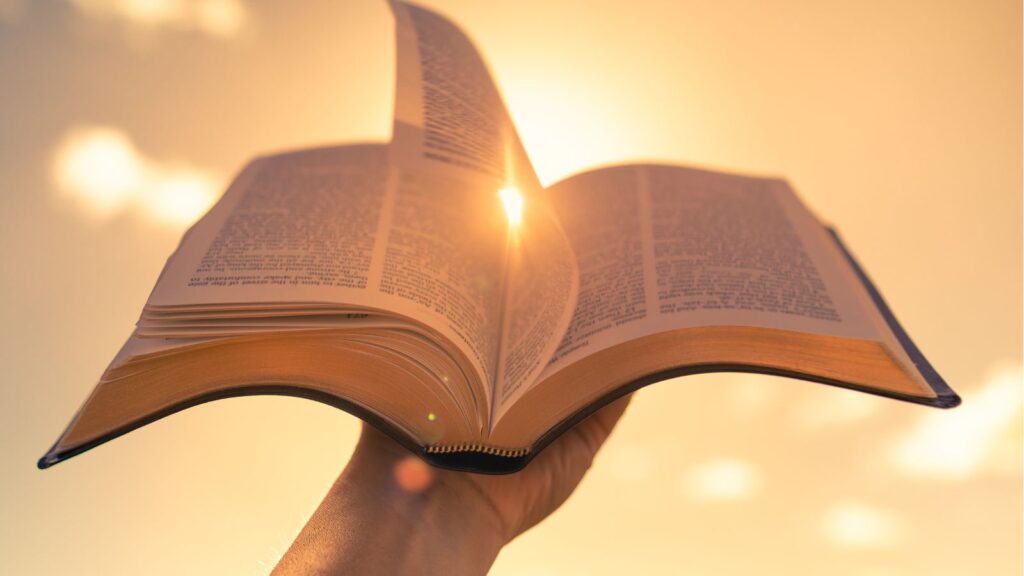
While the concept of original sin is derived from passages like Genesis 3 and Romans 5:12-19, the Catholic understanding includes the teaching that all humanity inherits the consequences of Adam and Eve’s disobedience, including a tendency toward sin.
Sacred Tradition

Catholics believe that alongside the Bible, Tradition—passed down through the teachings, practices, and witness of the apostles—is an authoritative source of revelation (2 Thessalonians 2:15). This Tradition guides the Church in interpreting and applying the teachings of Scripture.
19 Grim Realities of Dating After 50 That Are Often Overlooked

19 Grim Realities of Dating After 50 That Are Often Overlooked
26 Things That Will Be Extinct Because Millennials Refuse to Buy Them

26 Things That Will Be Extinct Because Millennials Refuse to Buy Them
24 Outdated Slang Terms You Absolutely Shouldn’t Be Using Anymore

24 Outdated Slang Terms You Absolutely Shouldn’t Be Using Anymore
25 Hardest Parts About Getting Older That No One Ever Talks About

25 Hardest Parts About Getting Older That No One Ever Talks About






